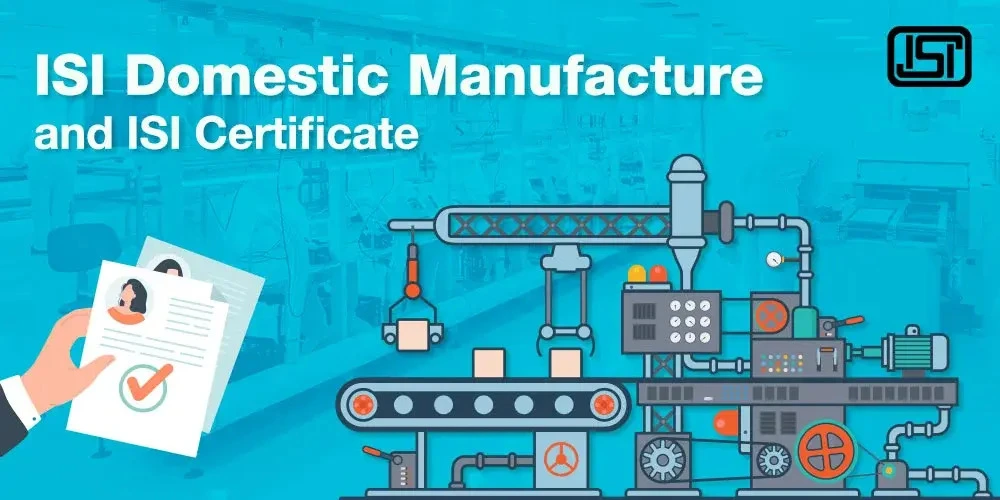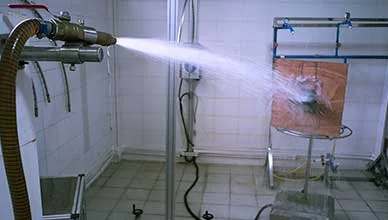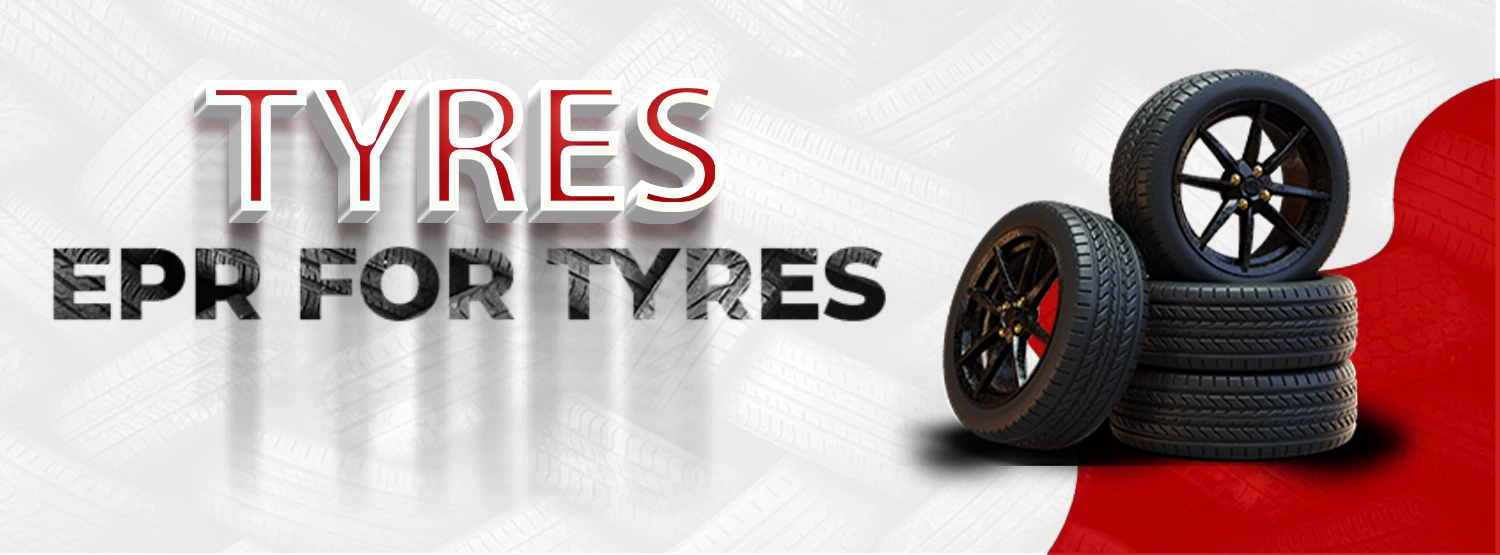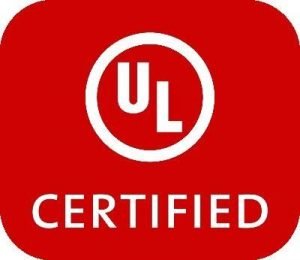WPC ETA CERTIFICATE REGISTRATION
What is WPC ETA Certificate?
WPC License, full form, Wireless Planning & Coordination license is the license to import and sell wireless products. Issued by the Wireless Planning and Coordination Wing, a part of the Department of Telecommunication, it's a non-optional license.
There is a rapid increase in the presence of wireless products these days. Even though we are moving towards a self-reliant India, there are some products from foreign lands that cannot always be replaced. We are talking about quality wireless products. Due to these international products, things have become more affordable for a common consumer. So, if you're a purveyor of wireless products and are looking for a WPC ETA certificate, wait no more.
How to get WPC ETA approval in India?
The primary WPC procedure of getting the ETA approval or WPC ETA approval in India differs based on whether the manufacturer is domestic or foreign:
- Only an Authorized Indian Representative (AIR) can apply for foreign manufacturers.
- For a domestic manufacturer, ETA is required if the wireless product it manufactures works in delicensed bands.
WPC (Wireless Planning and Coordination) Wing
To obtain an WPC certificate/ETA for de-licensed frequency band devices, a detailed test report of the equipment obtained from a well-recognized laboratory has to be submitted to WPC for evaluation. We help our clients with testing their equipment and obtaining the test report in the proper format for submission to WPC.
Aleph India has extensive experience in providing WPC (ETA) Approval for IT and Electronic devices to both domestic and international businesses. By obtaining a WPC certificate and an import license, we assist Indian and global firms in releasing their products in the Indian market.
We are one of the leading WPC consultants in Delhi. To get a complete idea about WPC ETA approval and hustle-free business, contact Aleph India. We assist the client to get all types of certifications and licenses under the various schemes of the government of India. Our technical team will guide you through every stage of the process and ensure that your business runs smoothly.
Documents required for WPC Certification
- Company Incorporation certificate.
- GST registration certificate.
- Import Export Code(IEC Certificate)
- Purchase Order(PO) of the imported equipment.
- Receipt of online fee.
- Address Proof of the Applicant entity.
What is the WPC Certification Application Process?
The WPC (Wireless Planning and Coordination) certification process in India involves obtaining approval for the use of wireless communication devices. If you are specifically referring to the WPC certification process in conjunction with the EVTL India consultant registration, here is an overview of the process:
1. Online Application Submission: - The first step is to submit an online application for WPC certification. During this process, the applicant must provide detailed information about the wireless communication device. It is crucial to select the correct commodities and categories related to the device to avoid rejection of the application.
2. Application ID Generation:- After the successful submission of the online application, the system generates a unique Application ID. This ID is used for tracking and referencing the application throughout the certification process.
3. Hard Copy Submission to WPC Office:- Following the online submission, a hard copy of the application, along with supporting documents, must be sent to the WPC office. This physical copy is an essential part of the application process and is used for verification purposes.
4. Verification Process by WPC Authority:- The WPC authority reviews the information provided in the application and examines the hard copy and supporting documents. This verification process ensures that the wireless communication device complies with the relevant standards and regulations.
5. Certification Issuance: - Upon successful verification, the WPC authority issues the certification. This certification serves as official approval for the use of the wireless communication device within the specified parameters.
When considering EVTL India consultant registration, it's possible that consultants from EVTL India may be involved in the testing and certification process. These consultants may assist in ensuring that the device meets the required technical standards before submitting the application to WPC.
It's essential for applicants to carefully follow the guidelines provided by both WPC Certificate India, as specific requirements may vary based on the type of wireless device and its intended use. Additionally, staying updated with the latest regulations and guidelines from these organizations is crucial for a smooth certification process.
CONCLUSION
WPC Approval in India is often referred to as WPC ETA Certification, and it encompasses various types of approvals tailored to different product scopes and applications. To successfully navigate the certification process, it's essential to understand the basic requirements for WPC ETA approval and import licenses. One critical component of this process is the RF (Radio Frequency) test report, which plays a vital role in ensuring compliance. Understanding its importance and how to obtain it is key.
This step-by-step guide aims to simplify the process of securing Equipment Type Approval (ETA) from WPC, a requirement for various products falling under WPC regulations. The product scope for WPC approval is extensive, covering a wide range of wireless devices. Additionally, the consideration of delicensed frequency bands has a notable influence on the certification process.
If you're in need of securing WPC ETA approval in India, it may be beneficial to consult with EVTLINDIA. They can assist in streamlining your certification journey. You can contact their knowledgeable team via email at contact@evtlindia.com or by giving them a call at 9560935898.
Located in Preet Vihar, EVTL India is a reliable certification agency with expertise in various certifications, including BIS, ISI, WPC, EPR, IMEI, BEE, and ISO. As a leading consultant in product testing, they help customers obtain different types of compliance and approvals. Operating under the name Emphatic Vans and Testing Labs Pvt Ltd, their doors open promptly at 10:00 AM, and they are poised to assist you with your certification requirements.
EVTL India Solve this Query
|WPC Certification| |WPC Certification Registration| |WPC Certification Consultant| |WPC ETA Certification| |WPC Certification India| |WPC Certification Delhi| |WPC Certification CHaina| |WPC Certification Mubhai| |WPC Registration Certification| |WPC ETA License| |WPC Certification Approval| |WPC License|| |ETA Certificate License| ||WPC Certification License| |WPC Registration| |WPC Certificate Consultant| How to Get BIS Certificate For Import
- Home
- About Us
-
Services
- BIS ISI Mark Certification
- BIS-CRS Certification
- ISI Domestic Manufacture
- EPR Plastic Waste
- EPR E-Waste
- EPR Registration
- EPR Battery Waste
- BIS FMCS Registration
- WMI Registration
- BIS ECO Mark Scheme
- BIS Certification for Footwear
- EMI-EMC Test
- RF Testing
- IP Rating Test
- TEC Approvals
- NABL Testing
- LM 79 & LM 80
- ROHS Approval
- CE Certificetion
- EPR Importance
- EPR For Tyres
- EPR For Used Oil
- TradeMark
- Copy Right
- WPC-ETA Approval
- BEE Registration
- FSSAI Registration
- Gem Registration
- BIS Certification for Toys
- Import Export License
- Custom Compliance
- LAB Setup and lab equipment
- UL Certification
- CDSCO Approvals
- Drug License
- NOC For Steel
- IMEI Registration
- ISO Certification
- Legal Metrology
- NSIC Registration
- Start-Up Registration
- Make in India Mark
- LMPC Registration
- CDSCO Registration
- Updates
- Gallery
- Clients
- Contact Us

















































































